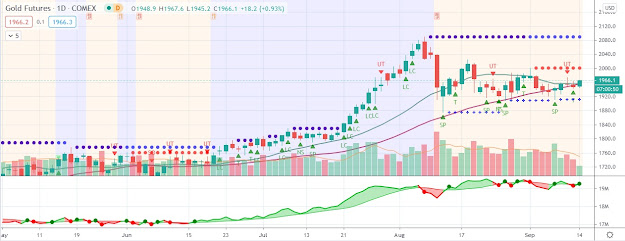Uncertain macro-economic climate in reiterating its bullish outlook on the gold price
 The gold price climbed $1.50 to $1,615 per ounce Friday morning, boosting by ongoing concerns that U.S. policy makers will be not reach an agreement to raise the debt ceiling by the fast-approaching August 2 deadline. The price of gold is hovering just under its all-time high of $1,626 per ounce.
The gold price climbed $1.50 to $1,615 per ounce Friday morning, boosting by ongoing concerns that U.S. policy makers will be not reach an agreement to raise the debt ceiling by the fast-approaching August 2 deadline. The price of gold is hovering just under its all-time high of $1,626 per ounce.The research team at Dundee Securities highlighted the uncertain macro-economic climate in reiterating its bullish outlook on the gold price: “It’s hard to overlook the pervasive problems defining the global economic landscape. Greece’s debt was downgraded (again) by Moody’s to its second lowest possible rating of ‘Ca’, or to what Moody’s would describe as ‘bonds typically in default with little prospect for recovery’.”
While the debt ceiling has remained on center stage in recent weeks, the Federal Reserve was back in the headlines on Wednesday with the release of the latest Beige Book. The report noted that the pace of economic activity in eight of the Fed’s 12 districts slowed further in recent months. The primary catalysts for the economic weakness included higher unemployment, the sluggish housing markets, and signs of a slowdown in manufacturing.



Comments
Post a Comment